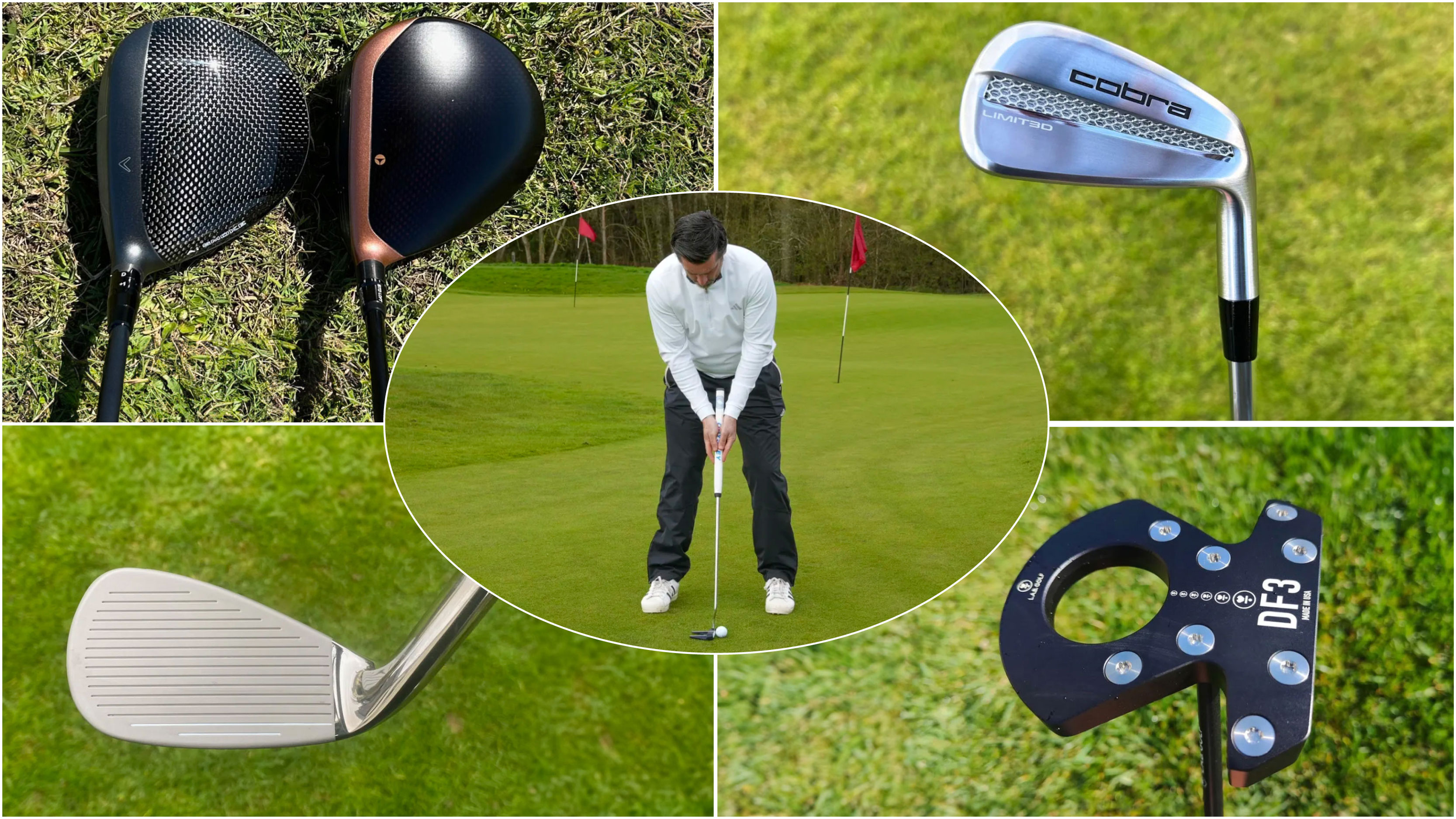
Innovation in the golf equipment space never fails to surprise me. Just when I think that manufacturers may have run out of ideas after a run of relatively similar technologies, a handful of new ideas seem to pop up out of nowhere. Admittedly, some are better than others, but 2024 has been a particularly good year for fans of innovative golf equipment with some of the best drivers and best irons in recent memory, so let’s take a look at a few trends that I think will sculpt the immediate future of golf equipment.
Lie Angle Balanced Putters
First things first, please take note of how I phrased that title. Lie angle balanced putters rather than LAB putters. That is very deliberate as, despite being a huge fan of LAB Golf and in particular the DF3 model, it is my understanding that balancing a putter by lie angle so that it naturally does not wish to rotate away from square is not necessarily unique to one company. For example, my gamer the Odyssey Toe Up 9 is lie angle balanced and I love the performance. I have heard some light murmurings that at least one of the major OEMs may shortly be releasing a family based on the concept also.
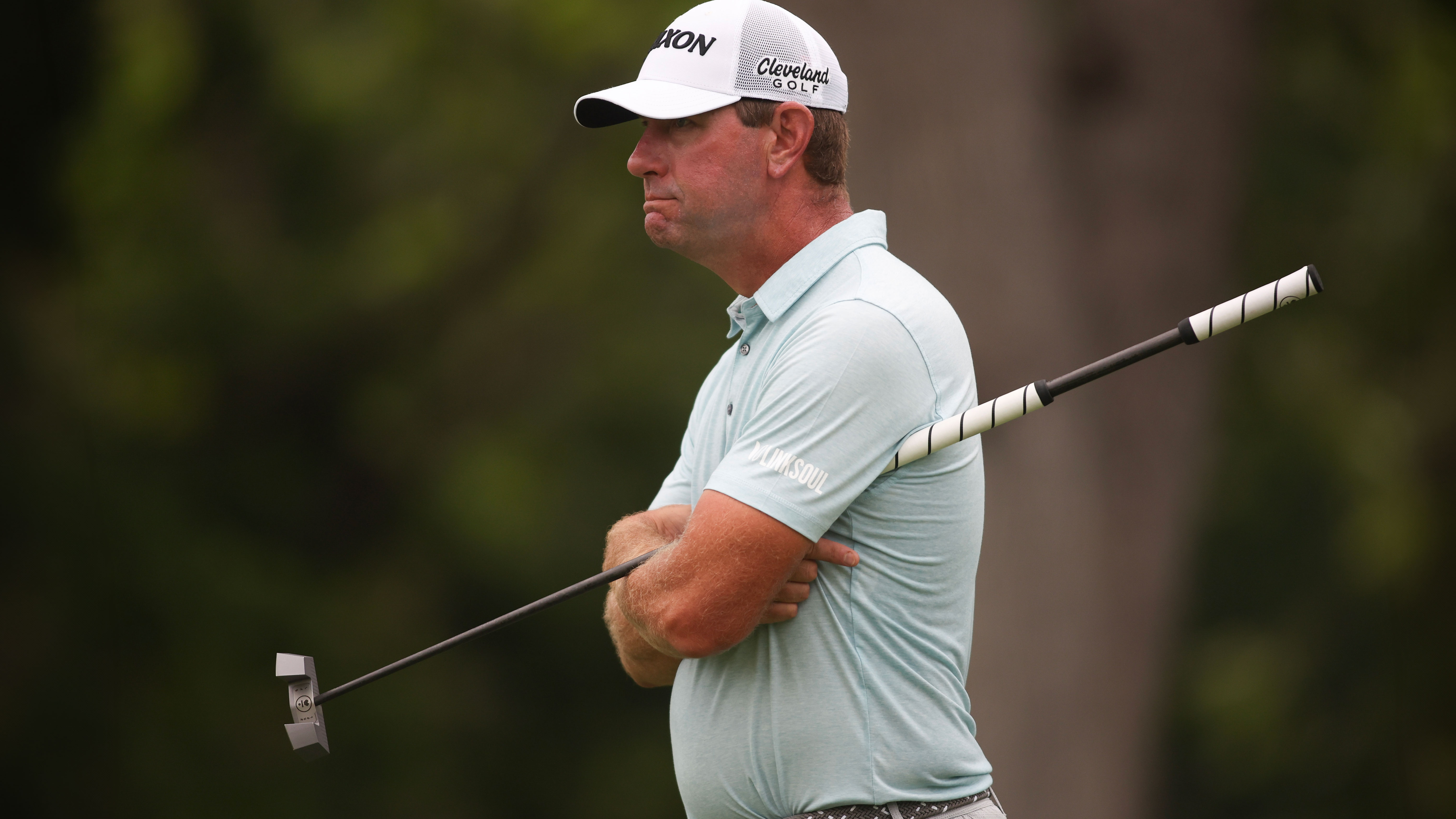
As an early adopter who has seen firsthand the benefits, I am completely sold on the concept. So much so, I genuinely believe that we will look back in years to come in amazement that we ever built putters that actively wanted to rotate away from square. In the same way that many people said that graphite shafts would never catch on, or solid core balls, or metal woods, my hunch is that this putter technology will be added to that list.
Full Face Grooves
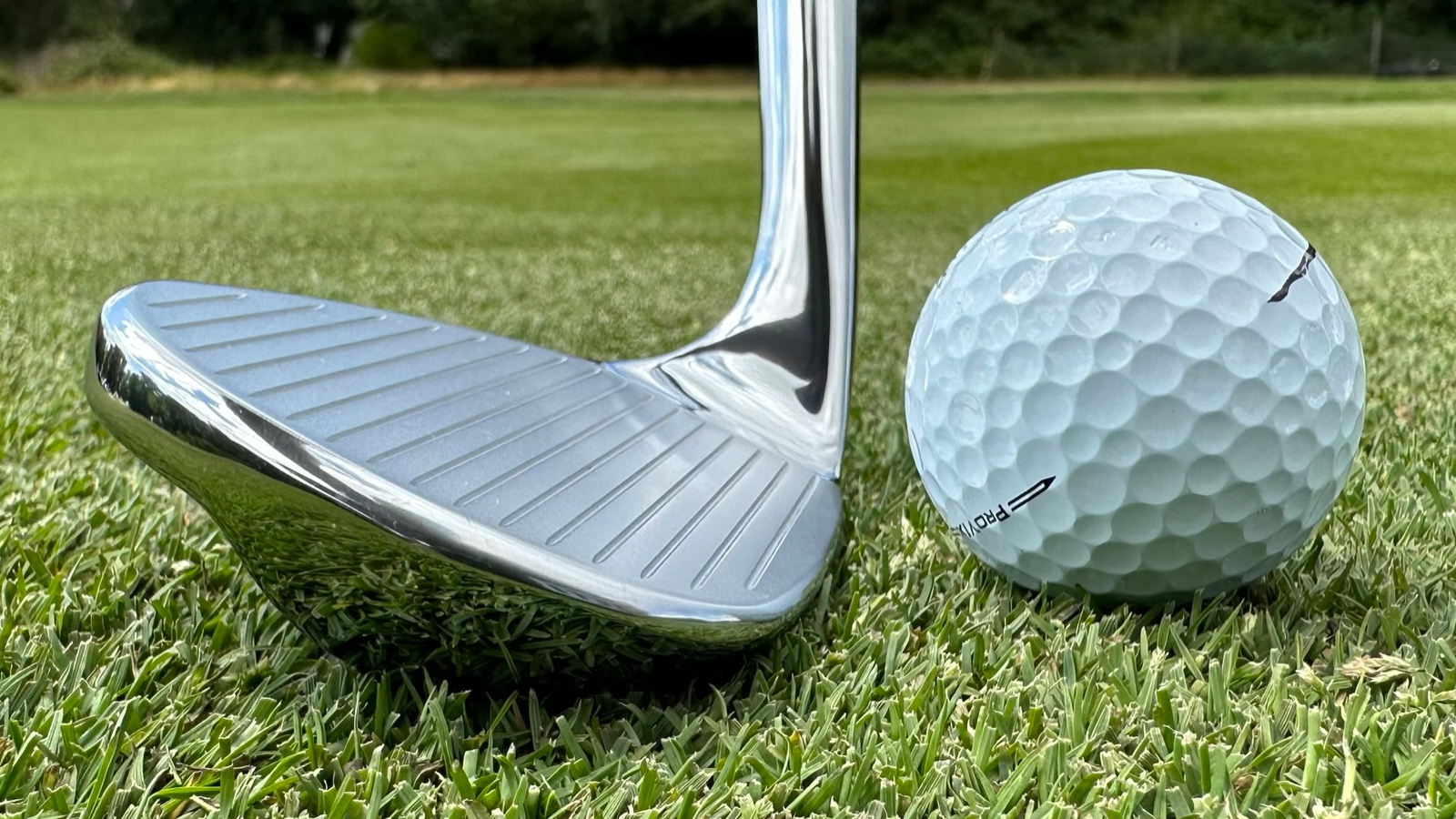
Another no-brainer for me here. More and more wedges are now being offered with full-face grooves, and why on earth would we not want that? Sure, the visual takes a session or two to get used to but the benefits are plain to see. Firstly, shots hit off the heel and toe will retain more spin and as such a standardized ball flight, but in addition to that, there is a small weight saving to be made by removing some more material to create extra groove space. As we know, these weight savings are crucial to dialing in CG locations so why would this not become standard practice?
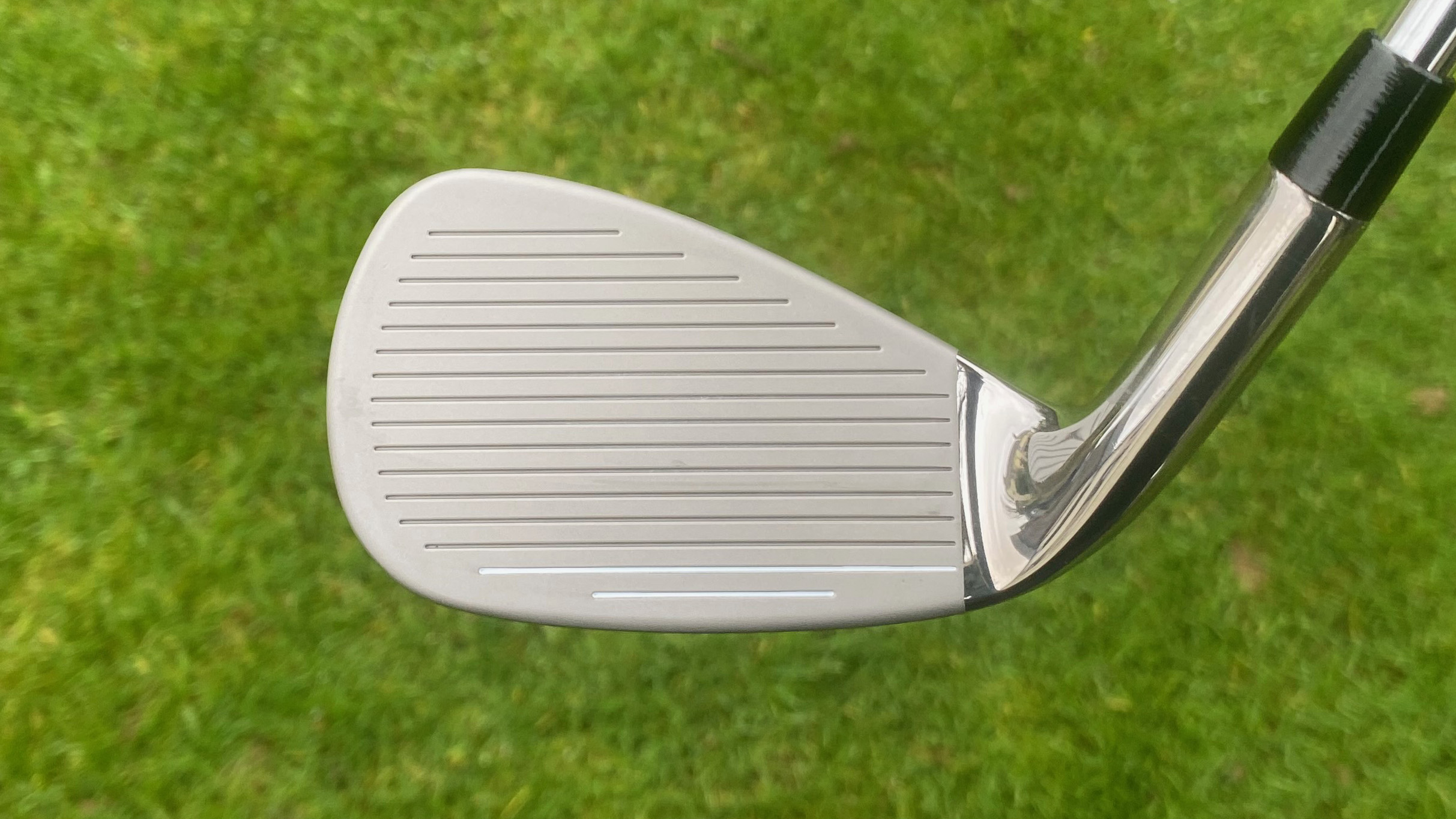
It’s not just wedges I believe this will become commonplace in either, manufacturers like Cleveland with their Halo XL Full Face irons have shown it is possible to utilize this in longer irons also, and they tested excellently. How long before we see a full face of grooves on a Vokey wedge or a set of Ping irons? Who knows, but it makes sense to me, so it could be sooner than you think.
Mini Drivers
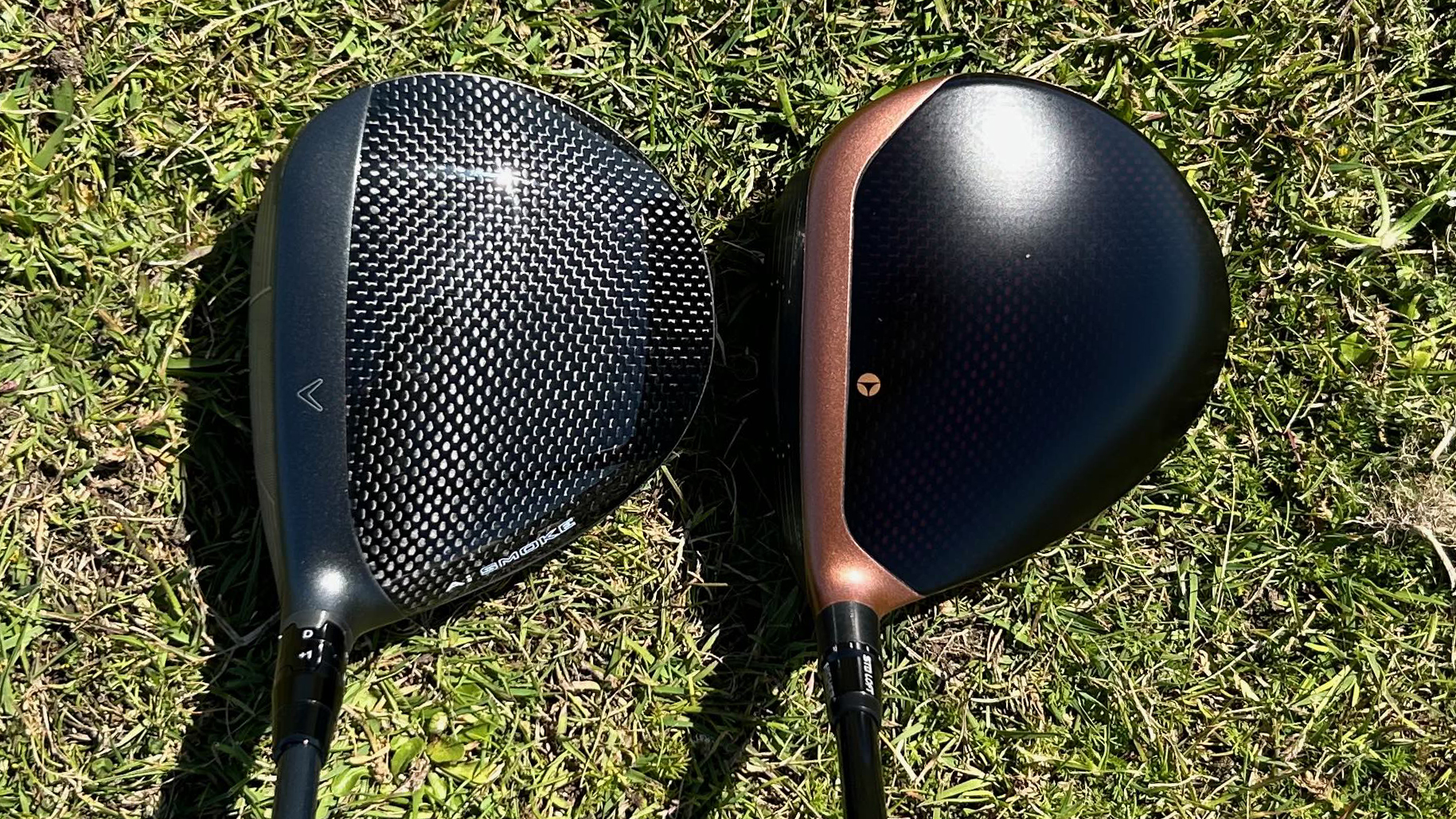
If you’re not familiar with the term “mini driver,” you soon will be. TaylorMade has had one in its club lineup for a number of years now and it seems that a number of manufacturers are starting to follow suit with the likes of Titleist and PXG submitting prototypes to the USGA and Callaway releasing to market the Paradym Ai Smoke Ti 340 mini driver. But what is it?
Well, essentially it is what would happen if a driver and a 3 wood had a child, the perfect amalgamation of the two. The shaft length, head size, and even generally the loft options sit directly between the two more familiar clubs and there are a number of benefits, each of which depends on how the user wishes to deploy it.
As a PGA Professional, I have seen many of my contemporaries switching out their main driver on particularly tight courses in favor of a mini as a direct driver replacement. Similarly, I have seen a lot of players using it as a three wood replacement that just has a little more yardage in the tank and also benefits from the added confidence of the larger head than their previous fairway wood.
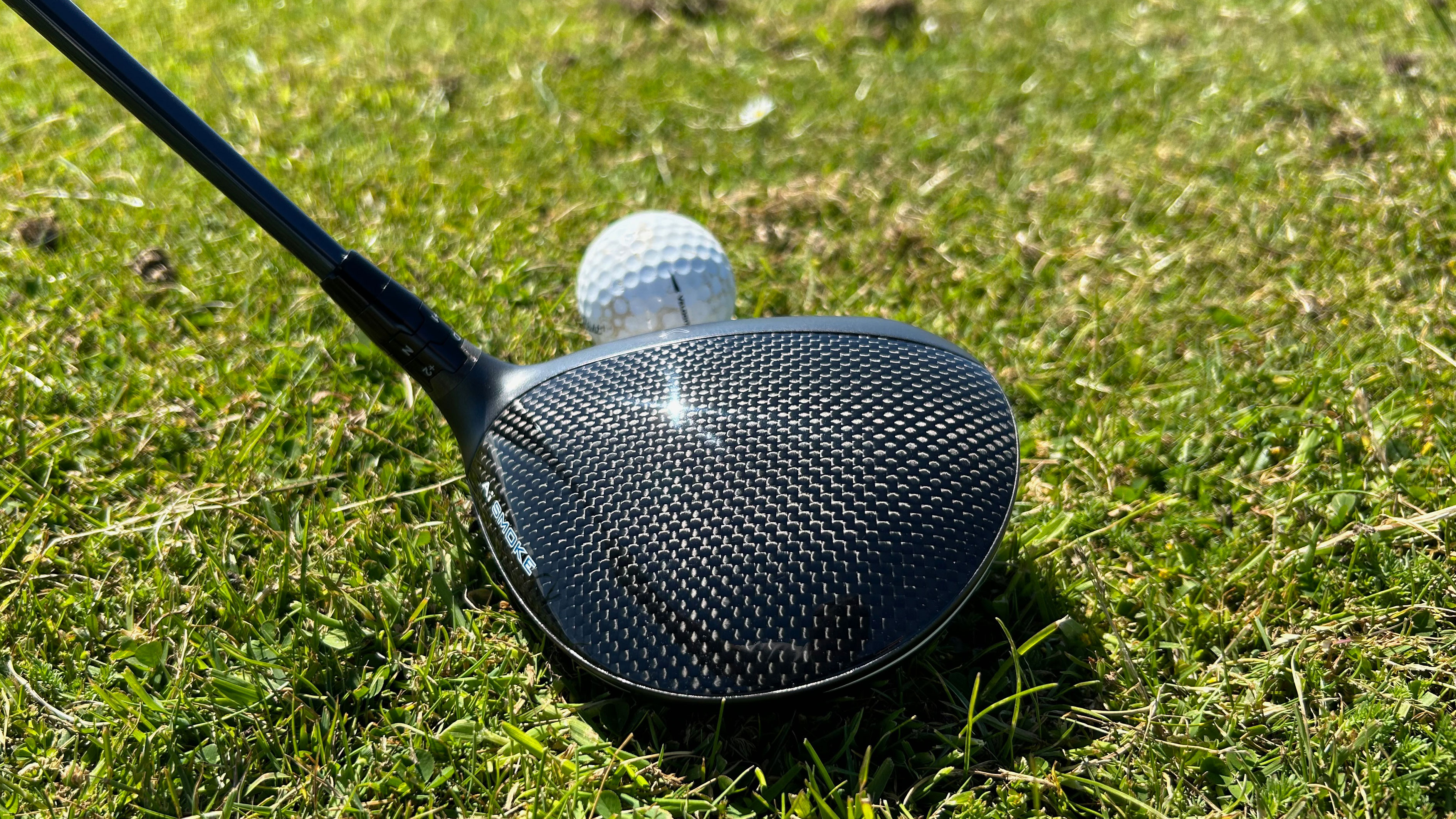
Scott Fawcett of Decade Golf is a huge believer in the mini-driver phenomenon. As a man who dives deeper into the stats than most, he believes that it is best utilized as a secondary driver that produces a different shape from your main driver without losing too much distance. I.e. a fade with the driver and a draw with a mini driver. Statistically, this will allow players to get further down the fairway on all holes rather than being forced to lay back on certain shaped holes which will improve the proximity of approach shots and as such lower scores.
I have seen some great results with my mini driver and I believe this is another trend that is here to stay.
3D Printed clubs
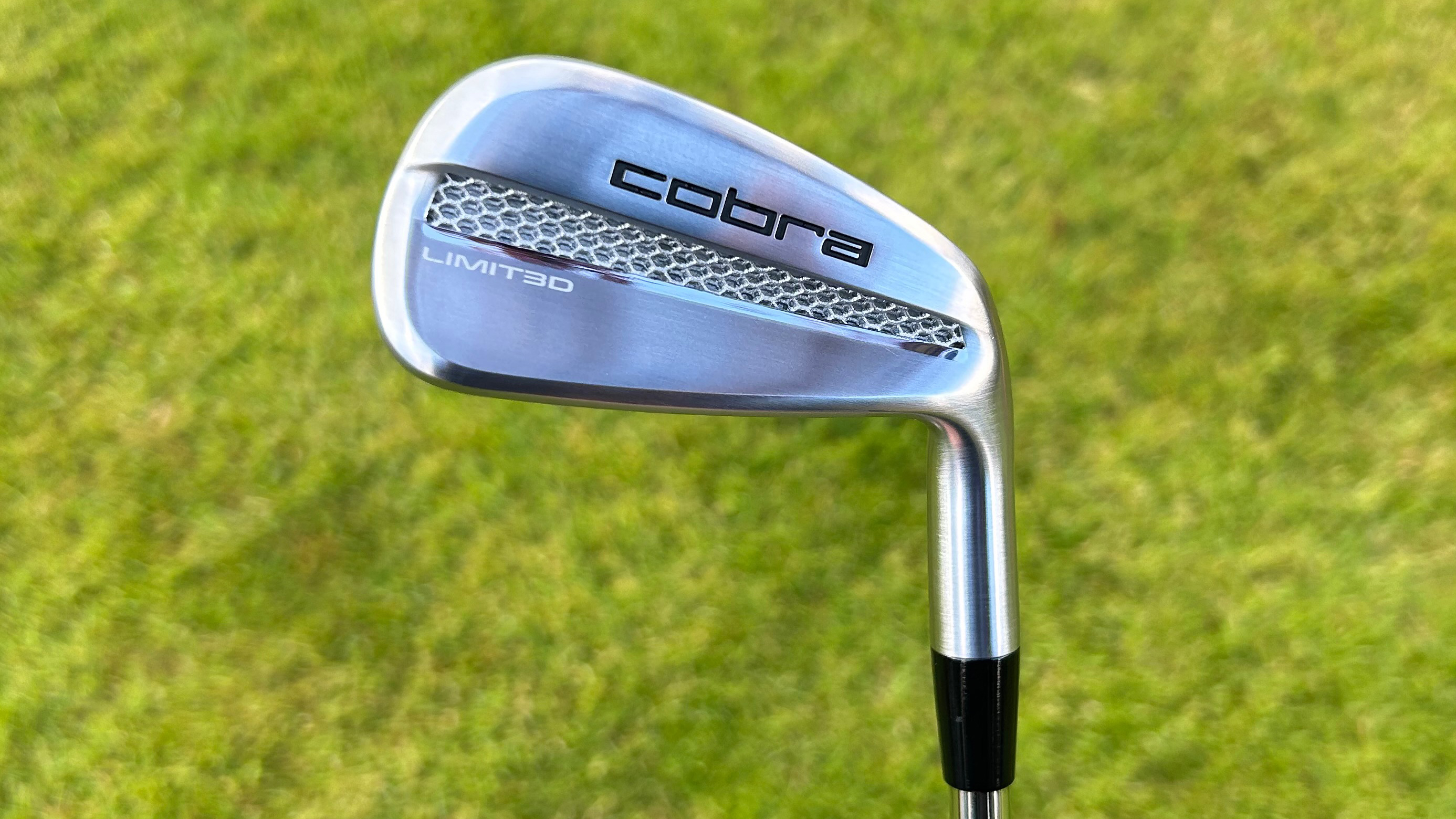
Having recently tested the incredibly impressive Cobra Limit3d iron, I have been very much converted to the concept of 3D printing golf clubs. To my understanding, it is a process that has been widely used for some time in terms of prototyping products but now the technology has come on so much that final products can be achieved with outstanding accuracy and tolerances.
If some of Bryson Dechambeau's words are to be believed, there may come a time in the not-too-distant future when hobbyists at home could turn their club ideas into reality fairly swiftly and be testing homemade prototypes the same day! While it is a terrifying thought what some of my golfing friends might come up with, the prospect of being able to design and print your own clubs at home in the future is an intriguing one.
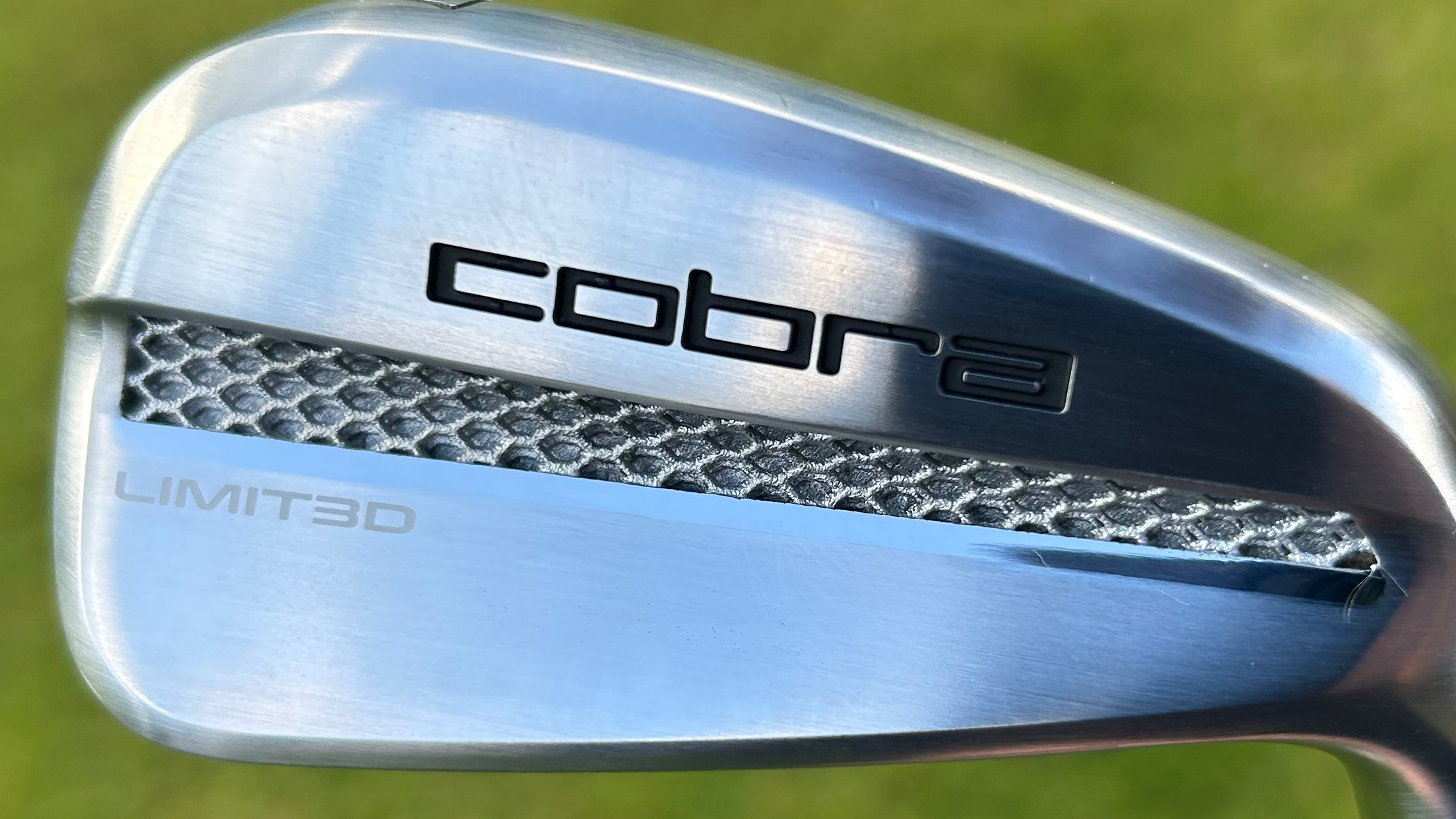
For the time being though, leaving it to the manufacturers where have been some excellent early results, and with a bit of time to perfect (and hopefully cheapen) the process, there could be some exciting new developments in the golf equipment space.






